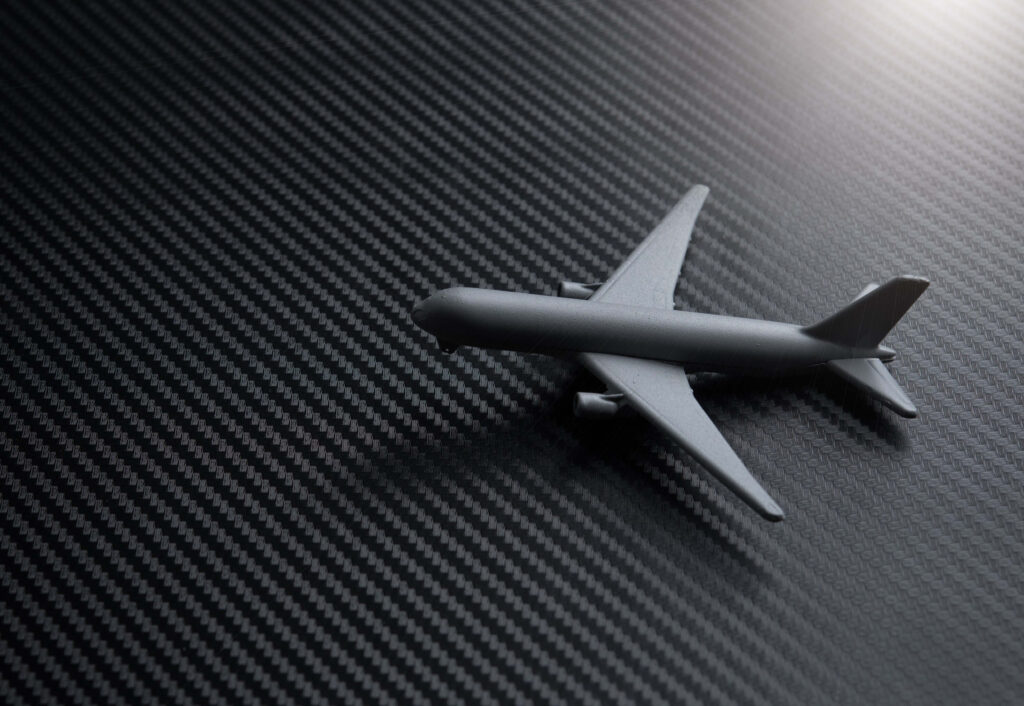Carbon composites have revolutionized aviation for decades. Some of modern success stories in aviation, such as the 787 and A350, use these materials to improve efficiency. Today, we’ll look at the benefits and drawbacks of these alloys, both in cost and efficiency.
Carbon composites are alloys laced with carbon fibres. These materials are usually lighter and stronger than traditional aluminum, making them an ideal choice to build a new aircraft with. All modern airliners use this rather new technology to design components with. The pursuit of light material means engine efficiency can also increase. The engine itself can be smaller with less fuel burn. This directly leads to more sustainability, reduces costs, and reduces carbon in air travel. Another benefit is structural strength. The fuselage and wings can bend, leading to better pressurization and aircraft integrity.
The carbon in the aircraft leads to carbon reduction in the air. Lighter weight, as mentioned before, means the aircraft can burn less fuel during acceleration. This will reduce the carbon per passenger. The cost of aluminum is decidedly cheaper than carbon fibres. However, it would still be less than the cost the fibres save in fuel.
Composites are the future of aviation. Soon, every aircraft, from jetliners to Cessnas, will be using the materials.
